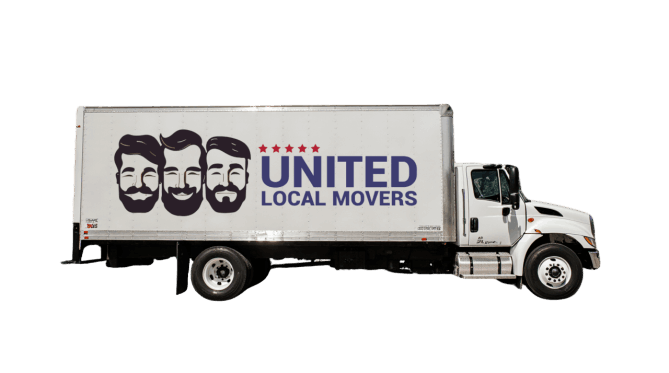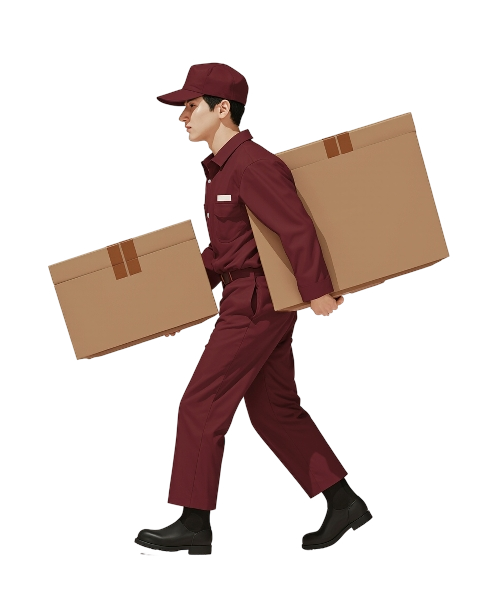Packing an entire home is overwhelming until you break it down room by room with clear timelines. Instead of rushing during the last week, a structured schedule helps you stay efficient, protect your belongings, and reduce stress. This guide shows exactly when and how to pack every area of your home so your move feels calm, predictable, and manageable.
Why a Room-by-Room Timeline Makes Packing Less Stressful
Packing becomes easier when you divide your home into zones and assign each one a realistic timeline based on complexity. The kitchen takes longer because of fragile items. Bedrooms require sorting and clothes management. Storage areas can take days due to forgotten items. A timeline not only sets expectations but ensures you stay ahead instead of rushing the night before the move.
How Far in Advance You Should Start Packing
Most homes need between 2 and 6 weeks of preparation depending on size and lifestyle. Minimalists can move quickly; families with kids or heavy storage areas need extra time. Here’s a general overview:
| Home Size | Suggested Packing Time |
|---|---|
| Studio | 1–2 weeks |
| 1 Bedroom | 2–3 weeks |
| 2 Bedroom | 3–4 weeks |
| 3 Bedroom | 4–5 weeks |
| 4 Bedroom | 5–6 weeks |
Phase 1: Non-Essential Areas (4–6 Weeks Before Moving Day)
This is when you pack items you won’t need until after the move. These spaces usually contain decor, archived belongings, and seasonal items. Decluttering is critical here, since less weight and fewer boxes reduce the cost of your move.
- Guest rooms: Linens, unused drawers, spare bedding, decor.
- Hall closets: Seasonal clothing, luggage, old jackets.
- Storage areas: Holiday items, keepsakes, sports equipment.
- Bookshelves: Books, collectibles, framed photos.
- Garage / basement: Tools, bins, gardening supplies.
Phase 2: Low-Traffic Rooms (3–4 Weeks Before Moving Day)
These rooms are used occasionally, but packing them early won’t disrupt your daily routine. This phase builds momentum and frees up space.
- Dining room: Serving dishes, glassware, table decor.
- Office: Document organization, electronics, books.
- Kids’ play areas: Extra toys, games, art supplies.
- Closets: Off-season clothing and shoes.
Phase 3: Main Living Areas (2–3 Weeks Before Moving Day)
Living spaces contain items you use often, so this part of the timeline must be strategic. Start with decor, then move to functional items as moving day approaches.
- Living room: Wall art, picture frames, books, excess pillows.
- Media center: Gaming systems, DVDs, cables, speakers.
- Home office: Backup hard drives, monitors, supplies.
Keep essentials accessible until the last week — remote controls, blankets, devices, daily-used electronics.
Phase 4: Bedrooms and Clothing (1–2 Weeks Before Moving Day)
Bedrooms contain personal items that require sorting, folding, and planning. Clothes take time, especially if you have large wardrobes or several family members.
- Pack off-season clothing first, then formal wear.
- Use wardrobe boxes for hanging clothes to save time later.
- Sort drawers — keep only the items you’ll use during the final week.
- Pack shoes, accessories, jewelry organizers, and linens.
Kids’ rooms often take longer due to toys, school supplies, and memorabilia. Start earlier if possible.
Phase 5: Bathrooms (5–7 Days Before Moving Day)
Bathrooms seem quick but contain many small items that require careful sorting. Pack duplicates and rarely used products first. Leave essentials until the final 48 hours.
- Extra towels and linens
- Backup soaps, shampoos, and skincare
- Hair tools and appliances
- First-aid supplies
- Toiletries not used daily
Phase 6: The Kitchen (3–7 Days Before Moving Day)
The kitchen is the most time-consuming room. Fragile items require careful packing, and many appliances need preparation.
- Pack specialty appliances and rarely used cookware first.
- Set aside a small set of plates, utensils, and pans for final days.
- Use dish boxes and bubble wrap to prevent breakage.
- Empty pantry items you won’t bring.
- Defrost the fridge 24 hours before movers arrive.
Phase 7: Final 48 Hours
This is when your home transitions fully into “move mode.” Only essentials should remain unpacked.
- Finish toiletries
- Pack linens and bedding
- Break down remaining furniture
- Prepare a “first-night box”
- Organize cables, chargers, and daily items
The “First-Night Essentials Box”
Every household needs a dedicated box for the first night in the new home. This prevents searching through a sea of boxes when you’re exhausted.
- Toiletries
- Towels
- Bedding
- Basic kitchenware
- Wi-Fi router
- Phone chargers
- Snacks and water
- Kids’ items
- Pet food and supplies
Why a Room-by-Room Strategy Helps Movers Work More Efficiently
Professional movers work fastest when boxes are organized by room, clearly labeled, and fully packed before their arrival. This approach reduces labor hours, prevents mix-ups, and ensures fragile items receive the proper handling.
Professional Packing Services Can Speed Up the Entire Timeline
If your schedule feels tight or you prefer a stress-free experience, consider professional packing. United Local Movers offers full and partial packing services, high-quality materials, and fast turnaround times. A coordinated team can pack a home in hours instead of days — all while ensuring maximum protection for your belongings.
For a personalized packing timeline and free quote, visit United Local Movers.





